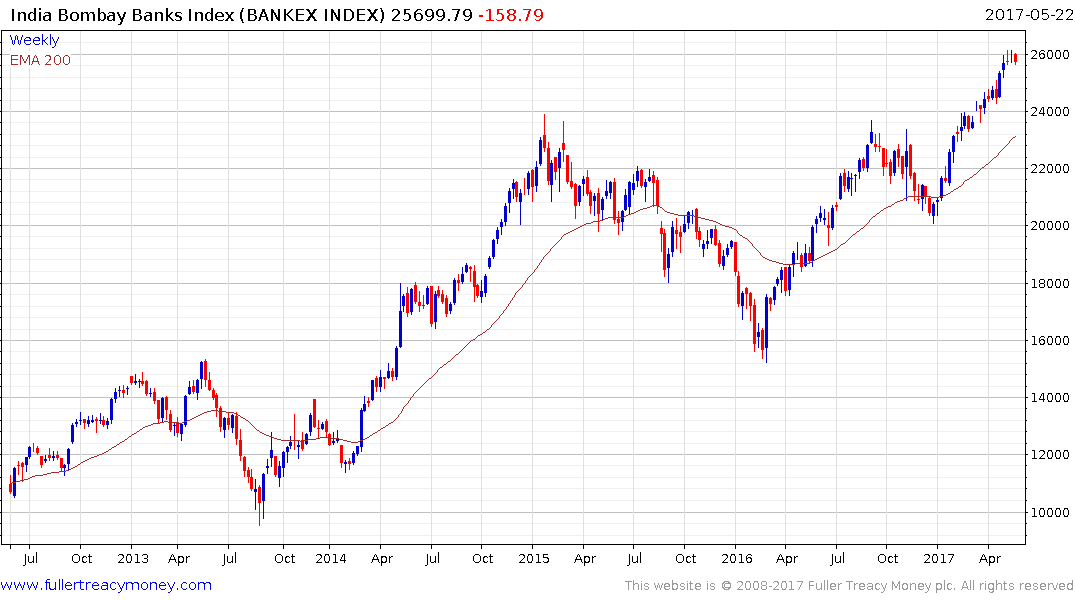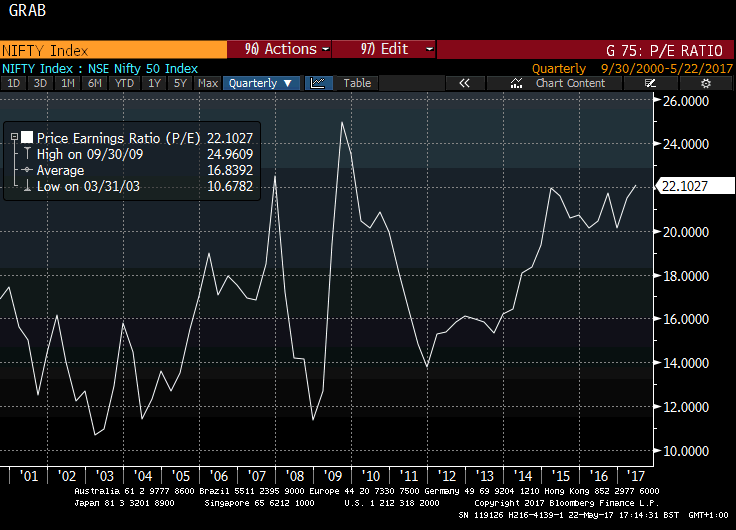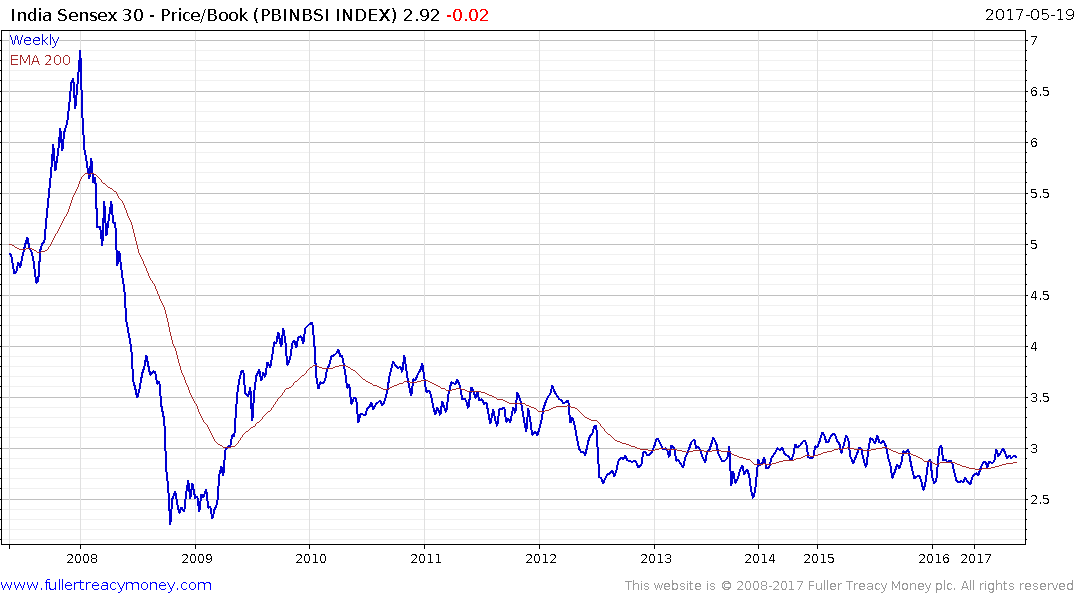RBI Board Members, Rating Agencies To Advise On Resolution Of Large Accounts
This article by Vishwanath Nair for Bloomberg may be of interest to subscribers. Here is a section:
On 5 May, 2017, the President of India cleared an ordinance proposed by the central government amending the Banking Regulation Act, giving the RBI greater powers to deal with stressed assets. The amendment was considered to be necessary to help resolve nearly Rs 10 lakh crore in stressed loans in the Indian banking sector. Through the Ordinance, the RBI hopes to speed up decision making which has been stuck due to the reluctance of bankers to take tough calls.
Immediately after the government’s ordinance was released, the RBI too released guidelines to allow the use of S4A and strategic debt restructuring (SDR) schemes as part of the corrective action plan (CAP) devised by joint lender forums (JLFs). The regulator also revised the minimum threshold to approve a CAP to 60 percent by value of the loan and 50 percent by the number of banks in the JLF. Banks that did not want to adhere to the JLF decisions were asked to leave the JLF by selling their loan exposure.The framework released on Monday will likely be followed by operational guidelines. Key to these guidelines will be triggers used to invoke a specific course of action such as initiating bankruptcy proceedings.
Creating committees and expanding the size and scope of the OC seem like good measures. However, we must remember that the OC is only a group that checks for compliance. The key is still resolution, for which the RBI needs to come out with a clear strategy.
India is in something of a sweet spot right now. Nevertheless, the issue most institutional investors are worried about are valuations and the bad loans sitting on bank balance sheets.
By facing up to the challenge and introducing measures with how to deal with the challenge the RBI is at least beginning to address the issue. The banking sector will need to deal with bad loans if it is to have the wherewithal to allow credit to flow out into the economy so this is a positive development.

The Bombay Banks Index has rallied impressively since the turn of the year and is susceptible to some consolidation of these gains. However a sustained move below the trend mean, which now coincides with the upper side of the underlying range, would be required to question medium-term scope for additional upside.

The other primary argument deterring investors from investing in India has been valuations. The P/E ratio on the Nifty Index is 22.1 which is nominally high but still below the peak posted in 2009.

However when we look at the Price/Book of the Sensex Index it is not been subject to the same expansion. Therefore earnings are not rising as quickly as prices but book values are not exaggerated.
Over the last few months, the government won an important regional election which adds to the potential Modi will be returned to power at the next election. The Rupee has rallied to break a lengthy downtrend which is attracting greater overseas interest. The introduction of a nationwide 4G network late last year is an additional bullish consideration because it enables whole stages of development to be skipped. Therefore pullbacks towards the mean are likely to represent favourable entry points for this market for the foreseeable future.
Back to top

